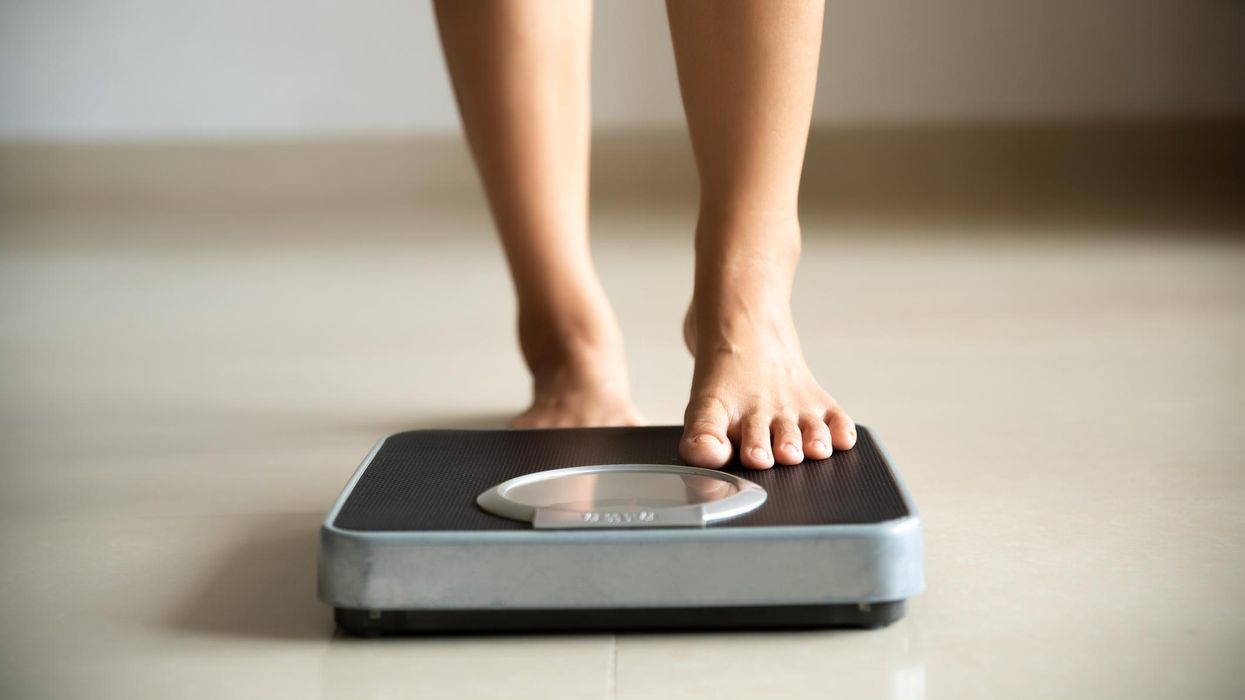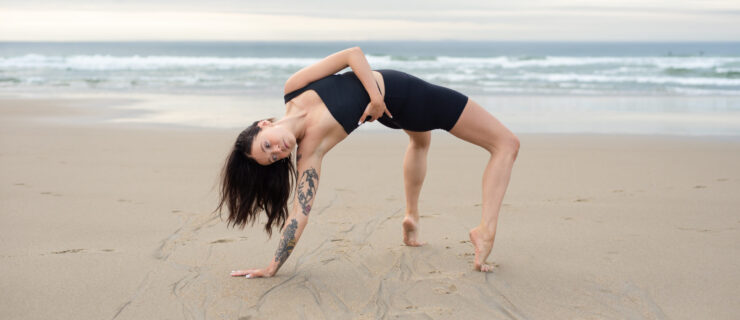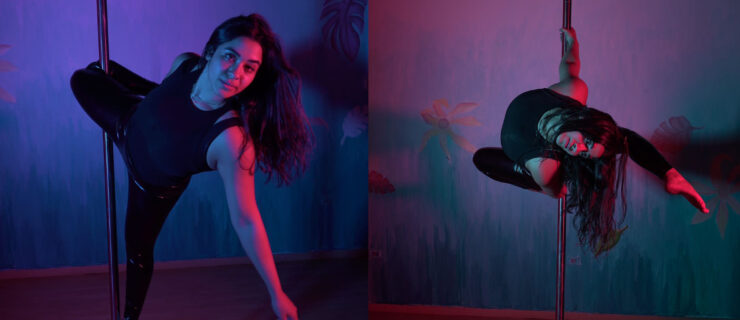Op-Ed: Please Stop Weighing Dancers
On what began as an ordinary day in early fall, I and the other dancers in my pre-professional ballet program were told that we were going to be measured by the costume shop in anticipation of our upcoming Nutcracker performances with the company. We were lined up in a hallway that led to the open common area of the building. And one by one, we stepped forward to face the measuring tape. As each of us was measured by an assistant costumier, the numbers were recited out loud and written down by another member of the staff sitting at a table nearby. Efficient, yes. And then we were asked to step on a scale, and just as with the other measurements that were taken, the numbers were read aloud. And we, the teenagers with big aspirations for careers in ballet, listened to those numbers and took mental notes.
This moment was more than 15 years ago. Despite my own efforts to address mental health issues in dance, I have tried to comfort myself with the knowledge that something like this would certainly not happen today.
But recently, a colleague who also advocates for the well-being of dancers shared a story with a group of dance medicine professionals that one of her dancers was weighed in front of her peers. I expected total shock from the group, but what poured forth was absolute confirmation that dance institutions are still weighing their dancers.
Why does this practice continue to be accepted? You can decline to be weighed by your medical doctor. But dancers line up without question to have their weight recorded by artistic staff with zero medical training.
I beg an answer to the question “Why do you need to know?”
“You need to fit the costume.”
I don’t believe that harm was intended by the people who lined us up and weighed us that afternoon. But intention is not the absence of harm. There are real reasons that a costume shop would need the measurements of dancers prior to a performance, but the way this was done led all of us to deliberately compare our numbers to those of our peers. There was chatter in the dressing room for days—beautiful and thin girls wondering aloud how they could “fix” those numbers. Plans were made for special diets and workout routines. We all knew now where we stood compared to our rivals, and weight was the primary concern. At that point in my life, I was still a skinny child; my weight had never been an issue, but just hearing these conversations made me realize that it was an intrinsic part of my value as a dancer.
But, truly, do you need to know the weight of every snowflake in the Nutcracker to assign them the correct costume? You don’t. In fact, most costumes are made to accommodate many dancers, with rows of hooks and eyes that make them fit a variety of bodies.
The one exception is if a company needs to fly a dancer onstage: It is reasonable that production professionals might need to have an estimated weight to make one of Dracula’s brides soar. Even then, it depends on what kind of fly system is used.
“We are worried about your health.”
The death of Boston Ballet dancer Heidi Guenther
from complications related to an eating disorder in 1997 created a huge shift in the way dance companies and schools considered the dangers of an eating disorder. I remember well the summer that she died. I was at an intensive and we all sat huddled around the TV in the common area stunned at the news. After her death, there was a noticeable shift in the summer intensives that followed. There were hour-long seminars with nutritionists, some schools even had the presence of mind to bring in a mental health professional to speak. But it felt then, and continues to feel, like many of these gestures are liability management. The way our bodies were spoken about by teachers, and the practice of weighing dancers, continued.
When I ask dance leadership about the practice of weighing dancers, or even asking for weight on an application, I often hear “We want to make sure that they are healthy.” Dancers are at least three times more likely than the general population to have an eating disorder, and those statistics don’t take orthorexia and other disordered eating habits into account. The concern for the prevalence of eating disorders is far from unfounded. But a person does not need to be “too thin” to have an eating disorder. Eating disorders manifest in every kind of body, not only in the lightest dancers.
One of the most common reasons that dancers are currently weighed by their school or company is to participate in a competition. The competitions request this information, we can assume, for the purpose of not allowing dancers who are not well to perform. In the most well-meaning of intentions, they may also be trying to bring awareness to the adults around them when a dancer has become too thin. But who collects this information matters. Again, your weight is private medical information. To be asked for medical forms to be provided by your doctor confirming your fitness to dance is one thing; to have teachers and directors collecting your weight and other medical information is completely inappropriate. And an eating disorder should be prescribed by a mental health professional, not your dance teacher.
“The boys need to be able to partner you safely.”
Recently on social media, I saw a comment posted that a dancer’s studio would not allow students who were over 120 pounds to participate in partnering class. The reason for this was to prevent the men from injuring themselves. The disparity in expectations for male and female bodies in dance is huge, and women are routinely reminded of their subservience to the male dancer, who is harder to find. If the reason for concern is the physical wellness of the male dancer in partnering, then why are male dancers not asked how much they can lift or bench-press?
I find this argument for needing to know the weight of female dancers the most nefarious. It does not honor the woman, nor does it honor the man. I am 5’10” and was capably partnered by several male dancers who were shorter than me. The measure of a great partner is not how much they can deadlift. Partnering in dance is a marvel of physics. It involves timing, force of motion and collaboration. Most male dancers will tell you that the smallest girl in the room is not necessarily the easiest to partner. The best male partners are not those of Herculean strength; they are the ones who understand the science behind what they are doing and genuinely care about their partner. A capable teacher or répétiteur can help a partnered pair accomplish what is needed. And choreography can be adapted and changed.
Men are also not immune to the harms of weighing dancers. Some of the worst eating disorders I’ve witnessed have been among male dancers. The requirement to be strong enough to do what is asked while also being lean enough to fit the mold is true of all the sexes.
It’s Time for Change
The practice of weighing dancers can create lasting damage. To this day, when I am weighed at the doctor’s office, I stand with my back to the scale. When I am confronted with a form asking for my weight, I either guess or leave it blank. It is a small act of self-care. For a long period of my formative years, I thought of my weight as a measure of my value. There is no height-to-weight chart that exists that is a true measure of your fitness as a human, or a dancer. The BMI was developed with little regard for muscle mass, was normed on white bodies and was meant to be used to look at larger trends rather than individual health.
I was recently asked by a leader at a college dance institution what I thought of the practice of asking dancers for their weight. My response was the same question I posed earlier—”Why do you need it?”




